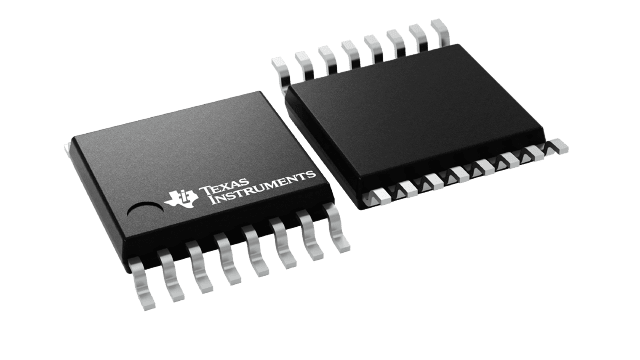Texas Instruments
INA260AIPW
INA260AIPW
Couldn't load pickup availability
INA260AIPW Texas Instruments - Yeehing Electronics
36V, 16-bit, precision i2c output current/voltage/power monitor w/ int. shunt resistor
Pricing (USD)
| Quantity | Unit Price |
| 1 — 99 | 4.812 |
| 100 — 249 | 4.216 |
| 250 — 999 | 2.956 |
| 1,000 + | 1.67 |
The above prices are for reference only.
Specifications
| Manufacturer | Texas Instruments |
| Product Category | Current & Power Monitors & Regulators |
| RoHS | Y |
| Product | Current and Power Monitors |
| Sensing Method | High or Low Side |
| Supply Voltage - Max | 5.5 V |
| Supply Voltage - Min | 2.7 V |
| Operating Supply Current | 310 uA |
| Minimum Operating Temperature | - 40 C |
| Maximum Operating Temperature | + 125 C |
| Mounting Style | SMD/SMT |
| Package / Case | TSSOP-16 |
| Packaging | Tube |
| Features | Alert Function, Bi-directional, Integrated Shunt, Low-side Capable |
| Operating Temperature Range | - 40 C to + 125 C |
| Output Current | 10 mA |
| Series | INA260 |
| Brand | Texas Instruments |
| Input Voltage Range | 2.7 V to 5.5 V |
| Moisture Sensitive | Yes |
| Product Type | Current & Power Monitors & Regulators |
| Factory Pack Quantity | 90 |
| Subcategory | PMIC - Power Management ICs |
| Unit Weight | 0.006102 oz |
For more information, please refer to datasheet
Documents
| INA260AIPW Datasheet |
More Information
The INA260 is a digital-output, current, power, and voltage monitor with an I2C and SMBus™-compatible interface with an integrated precision shunt resistor. It enables high-accuracy current and power measurements and over-current detection at common-mode voltages that can vary from 0 V to 36 V, independent of the supply voltage. The device is a bidirectional, low- or high-side, current-shunt monitor that measures current flowing through the internal current-sensing resistor. The integration of the precision current-sensing resistor provides calibration-equivalent measurement accuracy with ultra-low temperature drift performance and ensures that an optimized Kelvin layout for the sensing resistor is always obtained.

